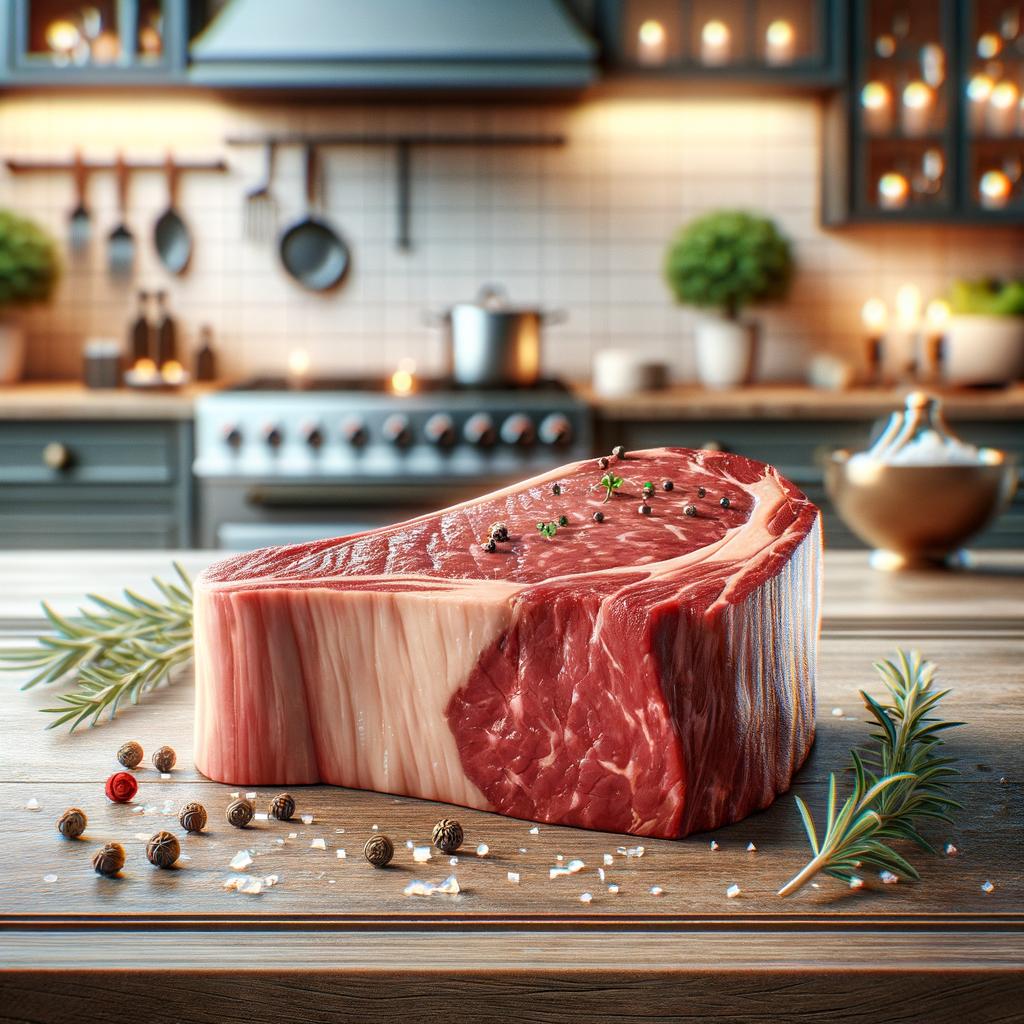Blade Steak

Description
Blade steak, a cut of beef that is both humble and noble in its own right, is a testament to the beauty of simplicity. This unassuming piece of meat is characterized by a rich, deep red hue, marbled with thin veins of fat that promise a sensational flavor. It has a firm, yet tender texture when cooked properly, and its flavor profile is robust, beefy, and savory. The defining characteristic of the blade steak is the blade-shaped bone running through it, which lends it a unique depth of flavor and a delightful, toothsome texture.
Primary Uses
Blade steak is a versatile ingredient that can be employed in a myriad of culinary applications. It is often used in slow-cooked dishes like stews and pot roasts, where its connective tissue breaks down to yield a meltingly tender texture. It's also a star in cuisines around the world, from the hearty beef bourguignon of France to the comforting beef and barley soup of Scotland. The blade steak is also a popular choice for grilling in many cultures, where it is marinated and then cooked to perfection over hot coals. Beyond its culinary uses, it is also a symbol of communal eating and camaraderie, often associated with family barbecues and gatherings.
History
The blade steak has a rich and intriguing history, rooted in the culinary traditions of many cultures. It was a cut of meat that was often overlooked, reserved for the hardworking people who could not afford more expensive cuts. This humble beginning only adds to the romanticism of the blade steak, as it has risen in popularity and is now celebrated for its flavor and versatility. Its journey from a butcher's throwaway to a gourmet's delight is a testament to the transformative power of cooking and the universal love for good food. There are also stories of soldiers using their swords to cook blade steaks over open fires during wartime, further adding to the allure and intrigue of this ingredient.
Nutritional Information
Blade steak is a powerhouse of nutrition, packed with essential vitamins and minerals. It is a rich source of protein, providing the building blocks for muscle growth and repair. It also contains a significant amount of iron, a mineral crucial for blood health, and zinc, which supports immune function. The marbling in the blade steak also provides a source of healthy fats. Compared to leaner cuts of beef, blade steak has a higher fat content, but it is this fat that gives the steak its flavor and tenderness. As with all foods, moderation is key, and when consumed as part of a balanced diet, blade steak can be a nutritious and delicious choice.

